Nawaz Sharif’s Three ‘Es’
Of the three 'E's - economy, energy and extremism - the latter is going to be the hardest to resolve.
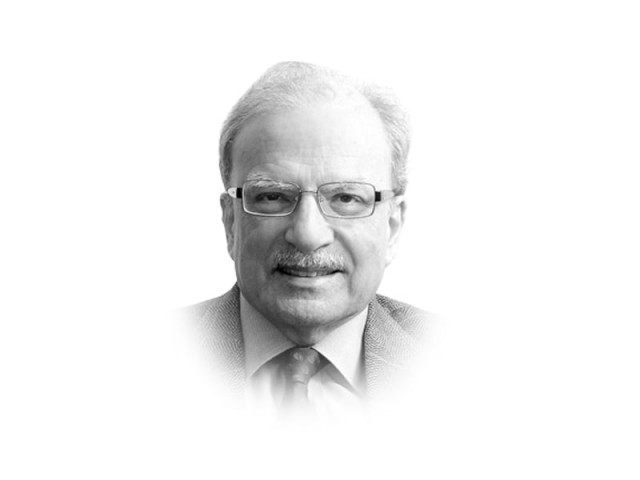
The writer is a former caretaker finance minister and served as vice-president at the World Bank
These were not the only problems the new government faced; there were several other of long-term structural nature. These included a low level of human development, bureaucratic inefficiency, rampant corruption, low rate of domestic savings and one of the world’s lowest tax-to-GDP ratios. There was also the question of defining the role of the state vis-a-vis private enterprise. Relations between the federal government and the provinces needed to be sorted out as well.
Also needing fixing were the country’s relations with some of its neighbours, in particular Afghanistan and India. Pakistan also needed to repair its frayed relations with the United States. But while the list of the problems the new administration faced was long, in the minds of the administration, the three ‘Es’ needed the most attention. That said, it was not clear to the government as to what kind of order should be assigned to these three challenges. There were links among them. The economy’s stagnation meant slow expansion in employment, perhaps at a rate less than one-half of what the International Monetary Fund (IMF) had concluded was needed to accommodate the new entrants into the workforce. This and the continuing energy shortages created popular resentment and fuelled extremism.
Barely a month into office, the Sharif government negotiated and concluded a deal with the IMF, which promised new money amounting to $6.6 billion from the institution’s Extended Fund Facility. Disbursements from this amount will be determined by quarterly assessments by the IMF staff. If the expectation was that the IMF programme would steady the value of the falling rupee, that did not happen. In terms of the rate of exchange with respect to the US dollar, the rupee lost eight per cent of its value since the new government took office.
Several short- and long-term ameliorative actions were taken to tackle energy shortage. These included the clearing of what is called ‘circular debt’. This is the cumulative amount of what various institutions in the electricity supply chain owed one another. The result of this was that several ‘independent power producers’ (IPPs)— generation units established by the private sector — had shut down. This had reduced the availability of electricity to the national grid resulting in load-shedding that lasted for several hours a day. This badly hurt the economy.
The government also needed to rationalise the institutional structure that supports the power sector. Years ago, Islamabad followed the advice given by the World Bank to split Wapda into several components. There were to be separate entities for generation, transmission and distribution of electric power. Generation was further divided into two parts: hydel power that was to remain with Wapda, while thermal power was to be the responsibility of private enterprise. There was an assumption that a vast amount of private capital was waiting to rush into power generation as it had done in the 1990s when the sector was opened for private investment. However, there was no fallback plan: what would happen if private entrepreneurs, for whatever reason, were reluctant to put their money into power generation? That, to the great cost to the economy, turned out to be the case.
Electricity distribution was to be split into several ‘district companies’ responsible for providing power to consumers in fairly large geographic areas. The plan was to ultimately privatise these entities. The Faisalabad Electric Supply Company was chosen to be the test case for this approach. There was belief that since most of the loss in the system occurred at the distribution level, private owners would be more diligent to collect the amounts owed to them. None of these entities was privatised.
Since this highly fractured system needed to be regulated, a new entity — Pakistan Electric Power Company (Pepco) — was created to watch over its functioning. Pepco, established in 1992 during the first term of Prime Minister Nawaz Sharif, was also given the responsibility of setting the tariffs to be charged by the distribution companies. According to the official website of the company, it was “entrusted with a mammoth task”. This elaborate system failed at many points and created the problem of circular debt. Re-examining the basic premise on which this structure was built should be a high priority for the new administration. The government was also developing a long-term programme to increase power supply.
There are a number of solutions that can be applied — and were being applied — to the first two ‘Es’. It is the third ‘E’ — extremism — that is likely to be the hardest to resolve. I will take up the discussion next week.
Published in The Express Tribune, November 29th, 2013.
Like Opinion & Editorial on Facebook, follow @ETOpEd on Twitter to receive all updates on all our daily pieces.






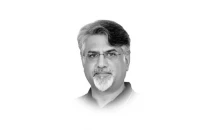
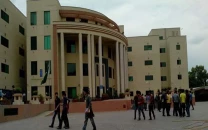


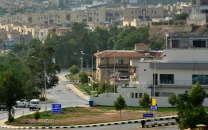
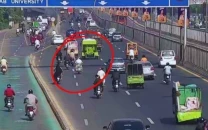
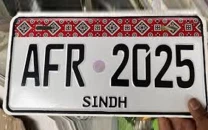
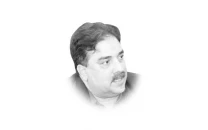
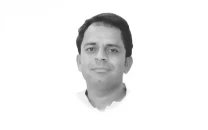
COMMENTS
Comments are moderated and generally will be posted if they are on-topic and not abusive.
For more information, please see our Comments FAQ